-
-
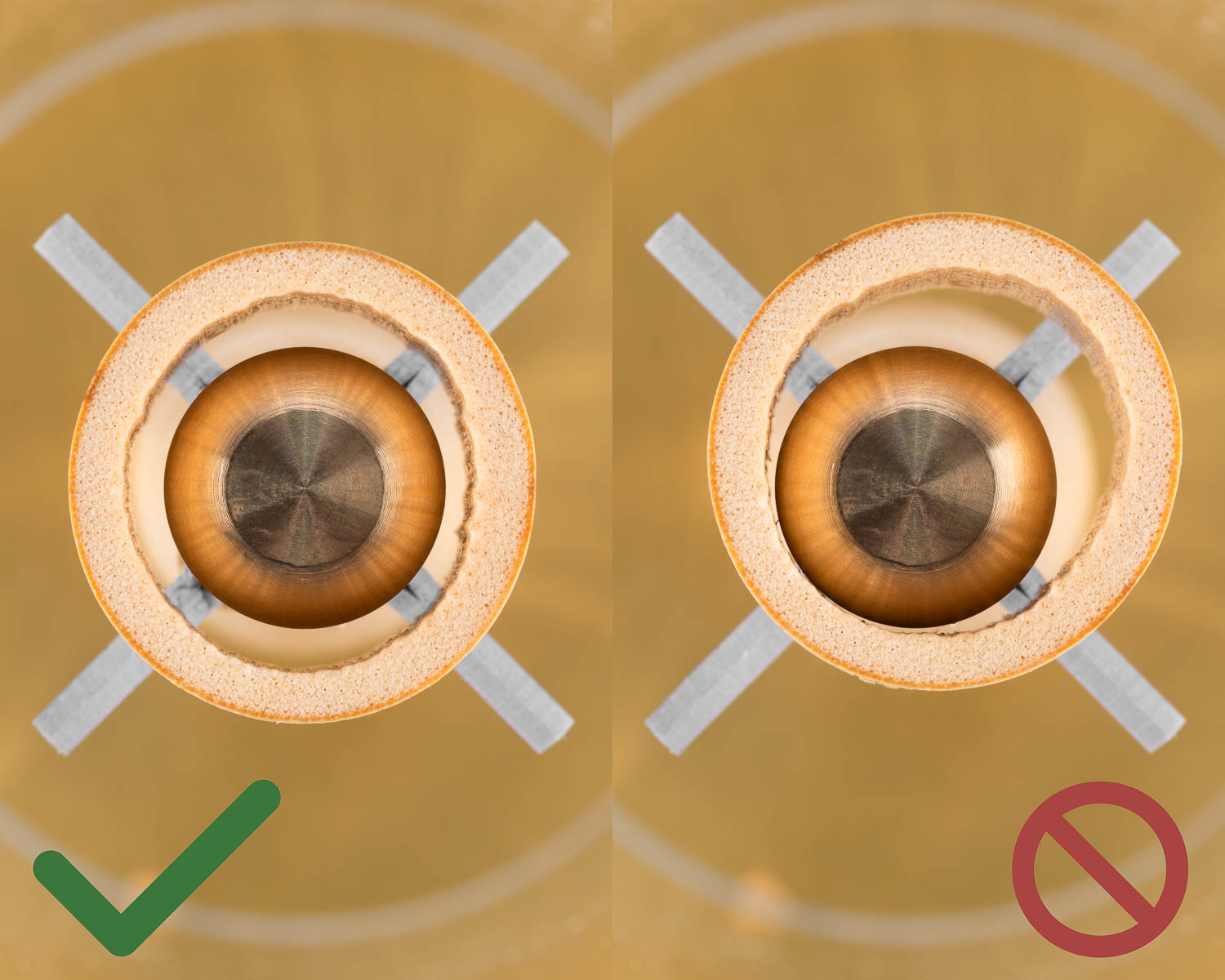
-
Each segment should be as symmetrical as possible within itself, so take care when placing the cane over the blades.
-
-
-
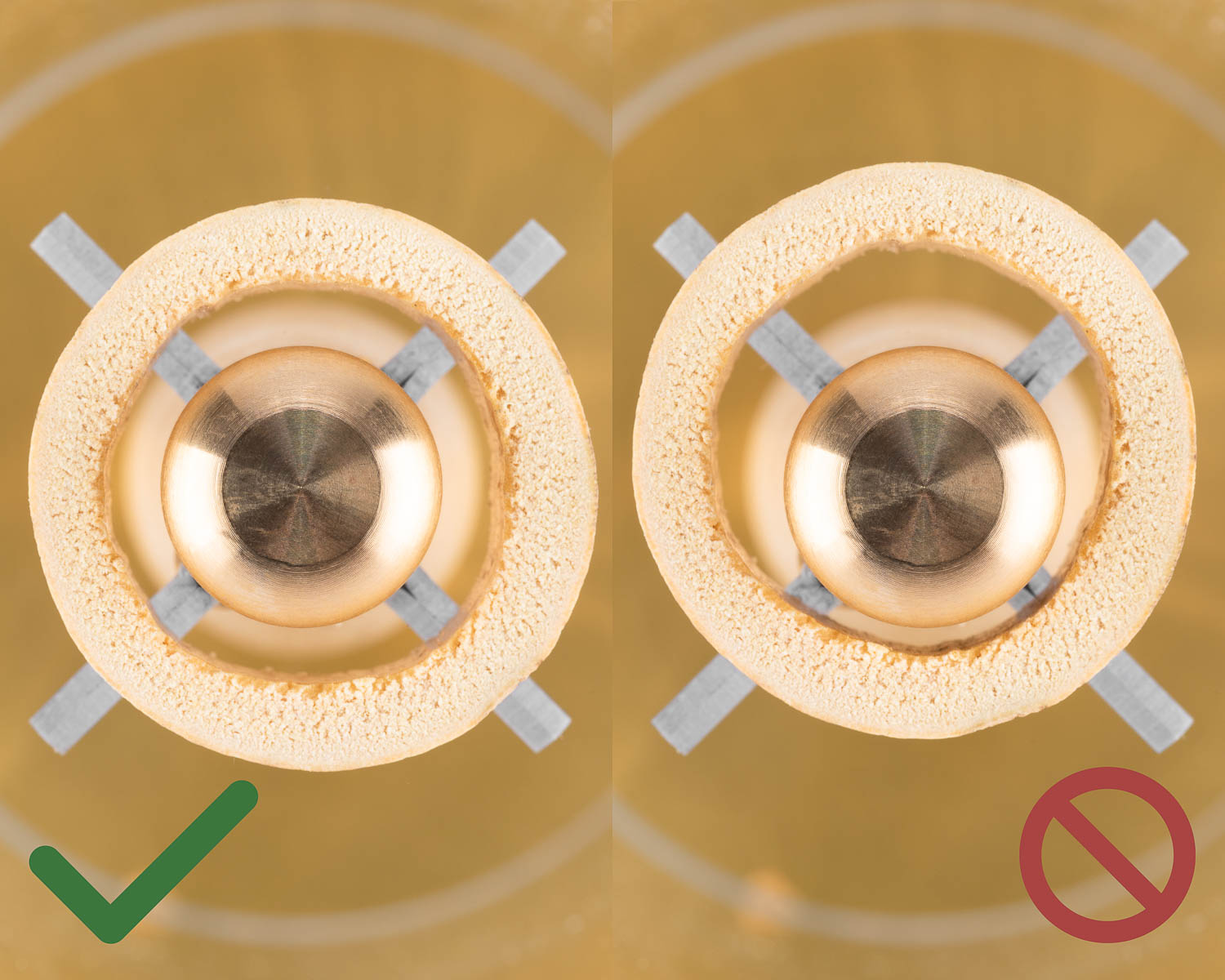
-
Even on relatively circular cane, be sure to place the cane carefully in order to produce as many symmetrical segments as possible.
-
Using the Cane Splitter
Our cane splitter is simple to use. Simply position the cane centered over the blades, then use the provided hammer to force the cane downwards. This drives the blades through the cane and provides clean, splinter-free cuts. The acrylic housing is meant to not only protect your hands from the blades, but also catch the split cane and prevent it from flying all over your work surface.
Evaluating the Cane
As cane is rarely perfectly symmetrical, it is best practice to take a moment and evaluate the cane before splitting. Properly evaluating the cane before splitting ensures maximal success.
There are several criteria to use when evaluating the cane pre-splitting:
Color
The color of the cane should be a light golden-brown. Cane with a green tinge was either harvested too soon or not aged long enough, and is extremely unlikely to produce good reeds.
Grain
Take your thumb and run it over the surface of the tube cane, perpendicular to the length of the tube. Ideally the surface will be perfectly smooth. As cane is a natural product, there will almost always be imperfections. However, if your fingernail is consistently catching on deep grains then the cane is unlikely to produce good reeds. If the grain is relatively smooth it is more likely to produce good reeds.
Shape
When looking at the end of the tube cane, check to see how circular or oval-like the cane is shaped. This is one of the primary factors to consider when deciding how to place the cane on the cane splitter.
If the cane is oval- or egg-shaped, take special care when placing the cane so that as many usable segments as possible are produced.
Clarity
If no decision can be made based on the shape of the tube cane, then the decision of where to split the cane can be made based upon the outer surface of the cane.
Ideally, we are looking for sections of the cane that are clean and without markings.
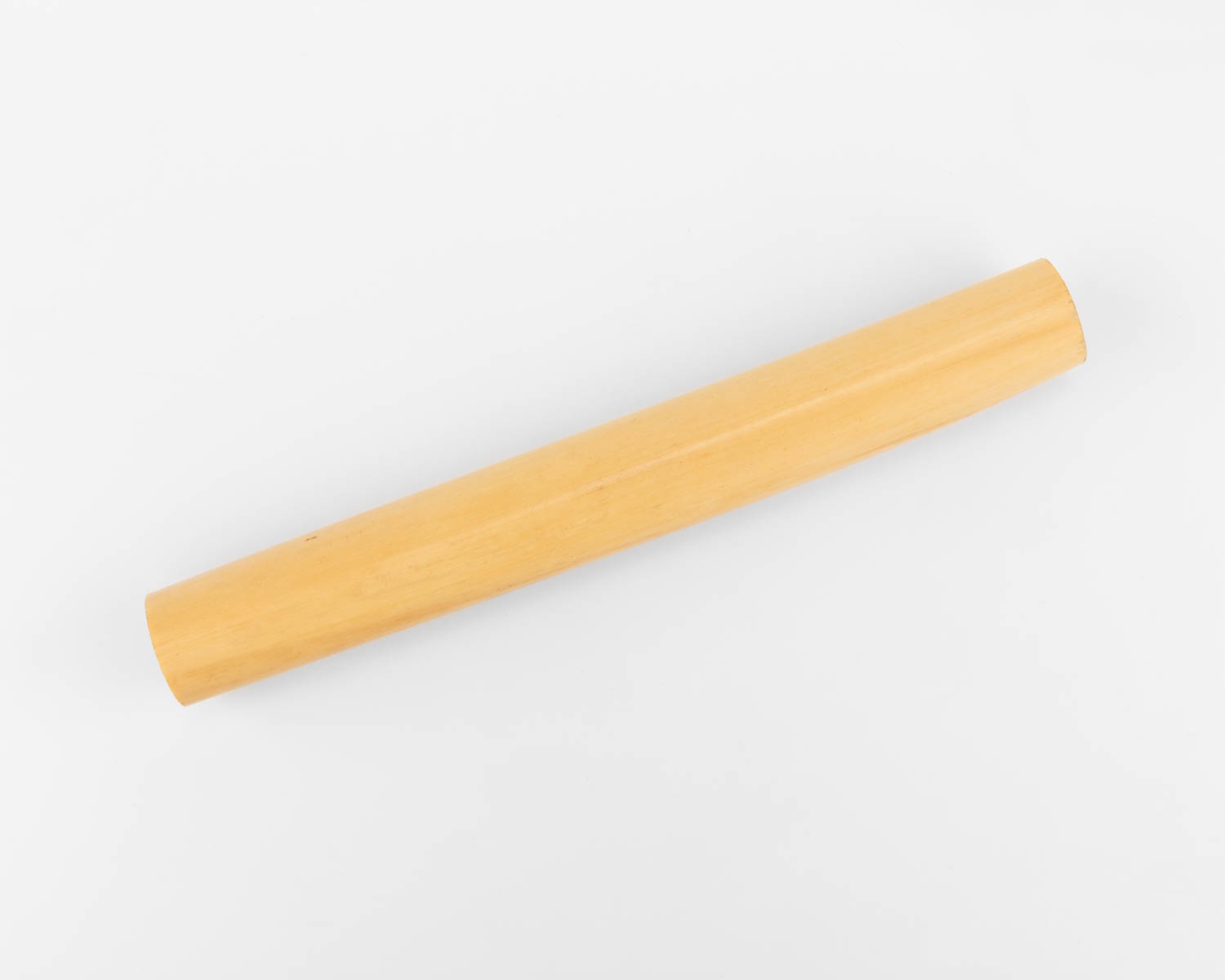
As not all cane will be perfectly clean, minimal markings on the surface are also acceptable.
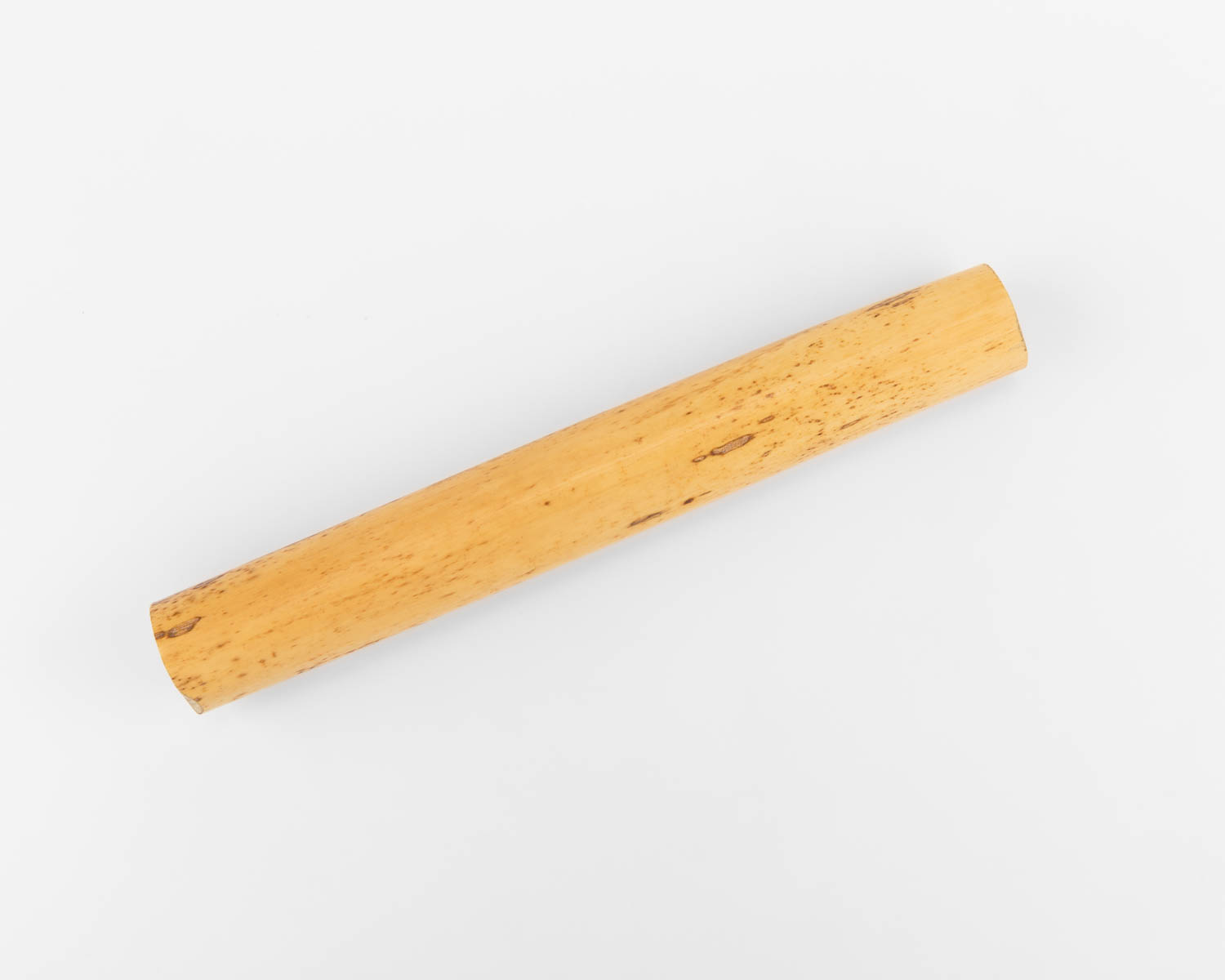
Cane that has an extreme amount of marking on the outside is less likely to produce good reeds. Be sure to differentiate cane marking and dirt that can be easily removed.
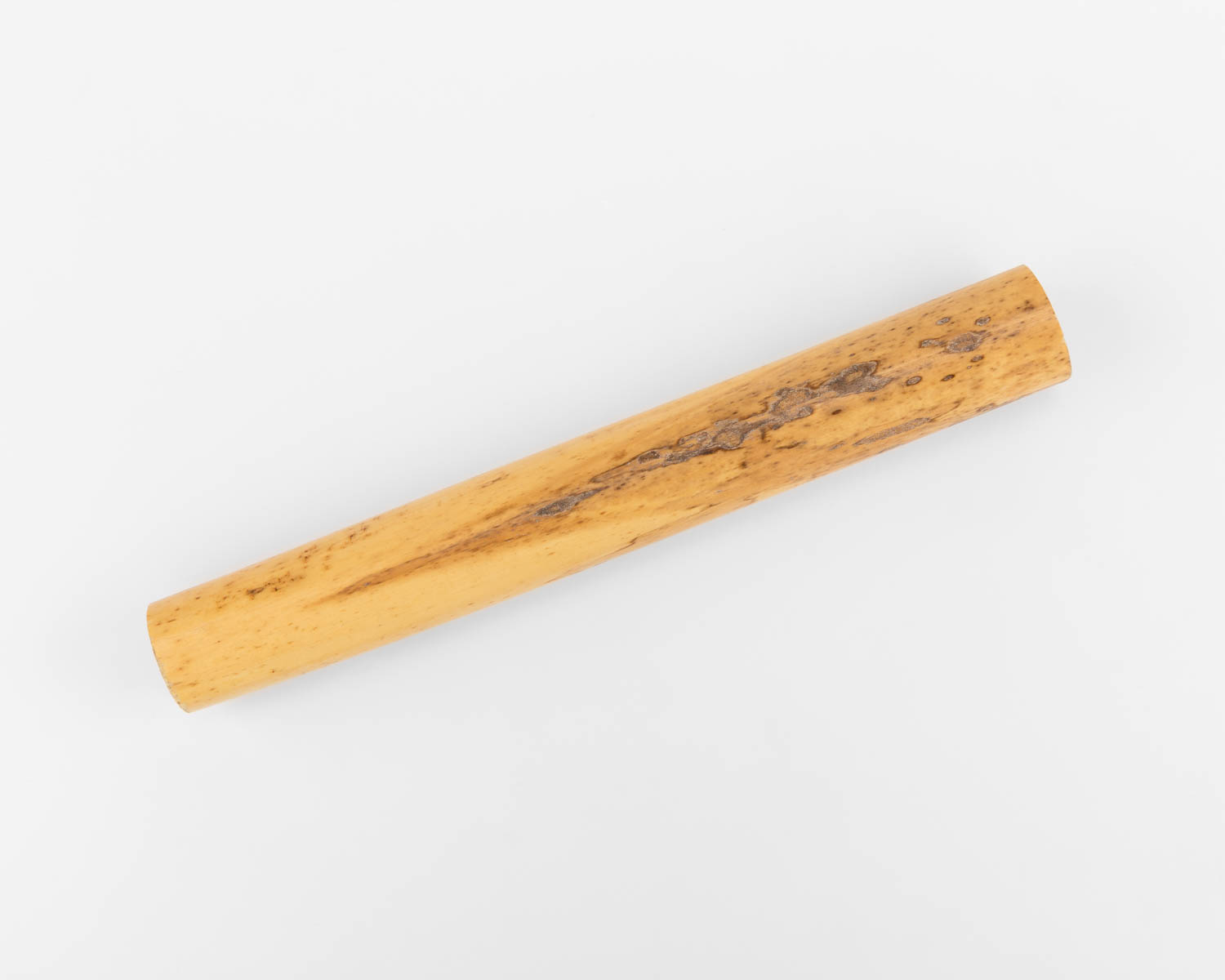
Take care to place the cane over the splitter such that as many of the sections where the cane is clean can be used. This will involve either:
- placing the cleanest segment between two blades to guarantee that it is used
- placing the least clean segment between two blades to remove it and maximize the usable cane for the rest of the tube
- or placing a long thin run down the length of the tube exactly over the blade so that the split occurs along this line.
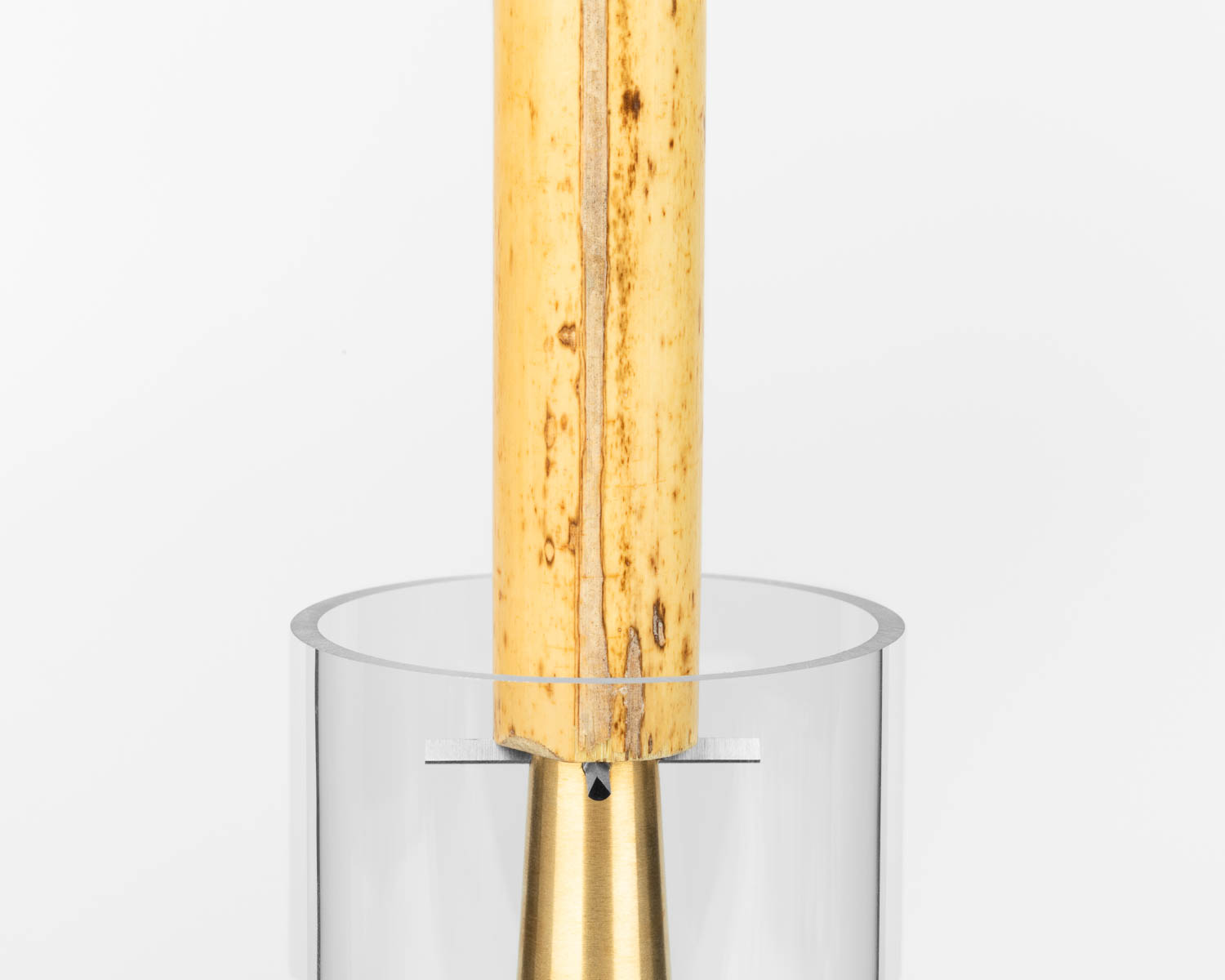
If the cane is of uniform color, grain, shape, and clarity then it is a rare piece that can be split symmetrically anywhere.
Disclaimer: some bassoonists prefer cane that is heavily marked. These are not rules set in stone, but rather guidelines to help orient those with less experience.
安全上の注意
マシーンで使用される刃やまたリード製作に使われる刃は非常に鋭利で、怪我、またその他の損傷を引き起こす可能性があります。
事故を起こさないために、Reeds 'n Stuff の製品を使用する際は、マシーンの設置、使用、メンテナンスの際には、以下の安全に関する指示に従ってください:
Reeds 'n Stuff 製品は玩具ではありません。
したがって、お子様や身体的、感覚的、精神的な能力に制限のある方は使用しないでください。
Reeds 'n Stuffの製品は屋内での使用を目的としています。
